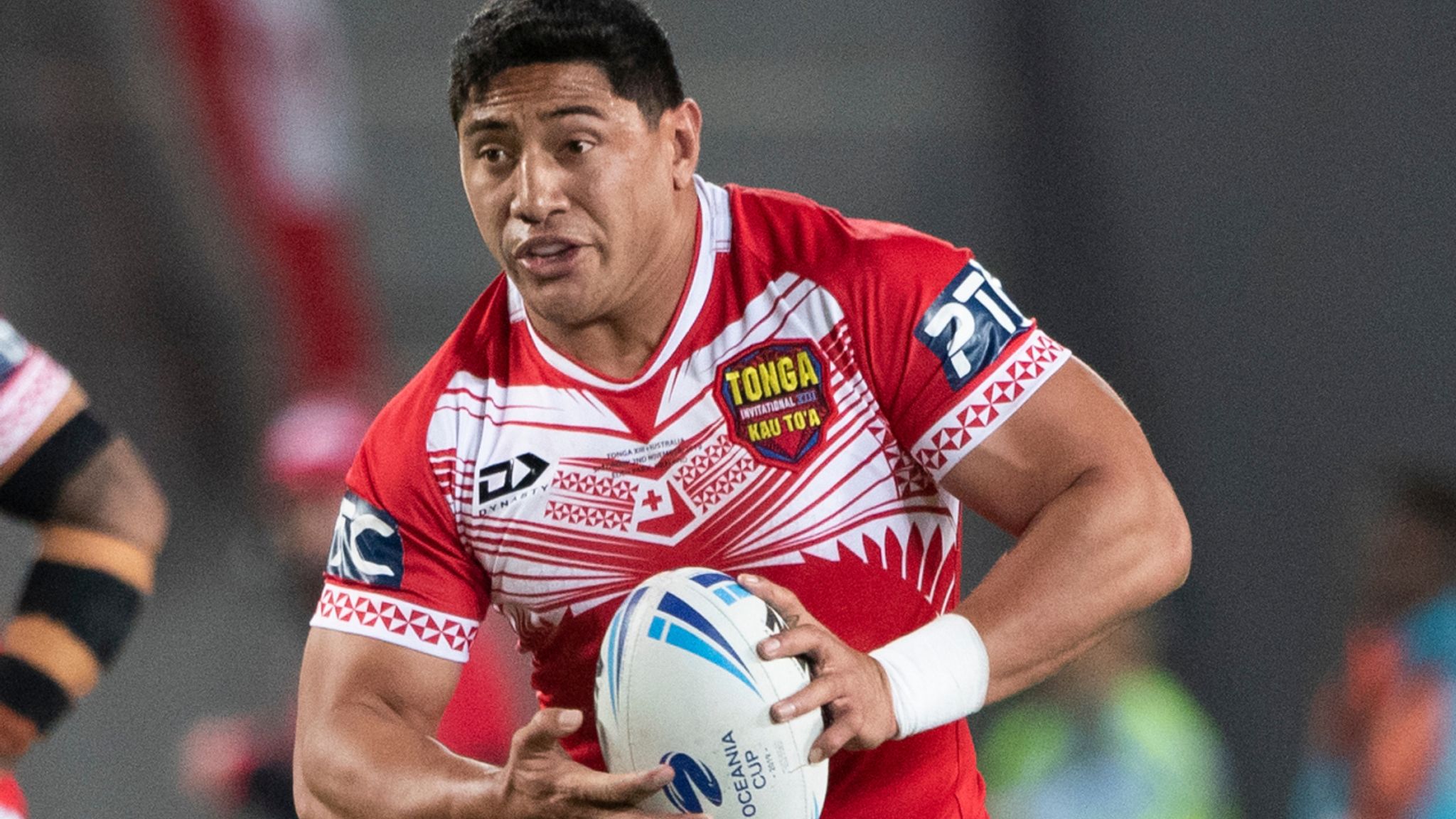Rugby union and rugby league are two different codes of rugby, each with its own unique set of rules and strategies. While the two sports share a common history and many similarities, there are also some significant differences between the two.

- Number of Players: One of the most noticeable differences between rugby union and rugby league is the number of players on each team. Rugby union has 15 players on the field at any given time, while rugby league has 13. This difference in player numbers has an impact on the way the games are played and the strategies employed by each team.
- Scoring System: Both rugby union and rugby league share some common elements in their scoring systems, such as the try, conversion, and penalty kick. However, there are some significant differences between the two. In rugby union, a try is worth 5 points, while in rugby league it is worth 4. Additionally, in rugby union, a penalty goal is worth 3 points, while in rugby league it is worth 2.
- Set Pieces: Another major difference between rugby union and rugby league is the set pieces. In rugby union, there are scrums, lineouts, rucks, and mauls, while in rugby league there are only scrums. These set pieces in rugby union often require more strategy and planning than the more free-flowing rugby league.
- Tackling: The tackling rules in rugby union and rugby league are also different. In rugby union, players are allowed to tackle above the waist, while in rugby league tackling must be below the shoulders. This difference in tackling rules has an impact on the physicality of the game and the types of players who excel in each sport.
- Game Duration: Another key difference between the two sports is the game duration. In rugby union, a standard match lasts for 80 minutes, while in rugby league it is 80 minutes or less. The shorter game time in rugby league often results in a faster-paced and more high-scoring game.
- Offside Rule: The offside rule is also different between the two sports. In rugby union, players can only be offside if they are in front of the ball, while in rugby league, players must be behind the last foot of the defensive team.
- Strategies: The strategies employed by teams in each sport also differ. Rugby union is often considered a more strategic game, with a focus on set pieces and territory, while rugby league is more focused on speed and fluidity of play.
In conclusion, rugby union and rugby league are two different codes of rugby with unique sets of rules and strategies. While they share a common history and many similarities, there are significant differences between the two sports in terms of player numbers, scoring system, set pieces, tackling rules, game duration, offside rule, and strategies. Understanding these differences is essential for anyone looking to appreciate and enjoy these two fantastic sports.
FAQ
What is the main difference between rugby union and rugby league? The main difference is the number of players on the field. Rugby union has 15 players, while rugby league has 13.
Are the scoring systems the same in both sports? No, they are not. While they share some common elements such as the try, conversion, and penalty kick, the points awarded for each differ. In rugby union, a try is worth 5 points, while in rugby league it is worth 4. Additionally, in rugby union, a penalty goal is worth 3 points, while in rugby league it is worth 2.
How do the tackling rules differ between rugby union and rugby league? In rugby union, players are allowed to tackle above the waist, while in rugby league tackling must be below the shoulders.
What set pieces are in rugby union? Rugby union has scrums, lineouts, rucks, and mauls. Rugby league only has scrums.
Is the game duration the same in both sports? No, it is not. A standard rugby union match lasts for 80 minutes, while in rugby league it is 80 minutes or less.
